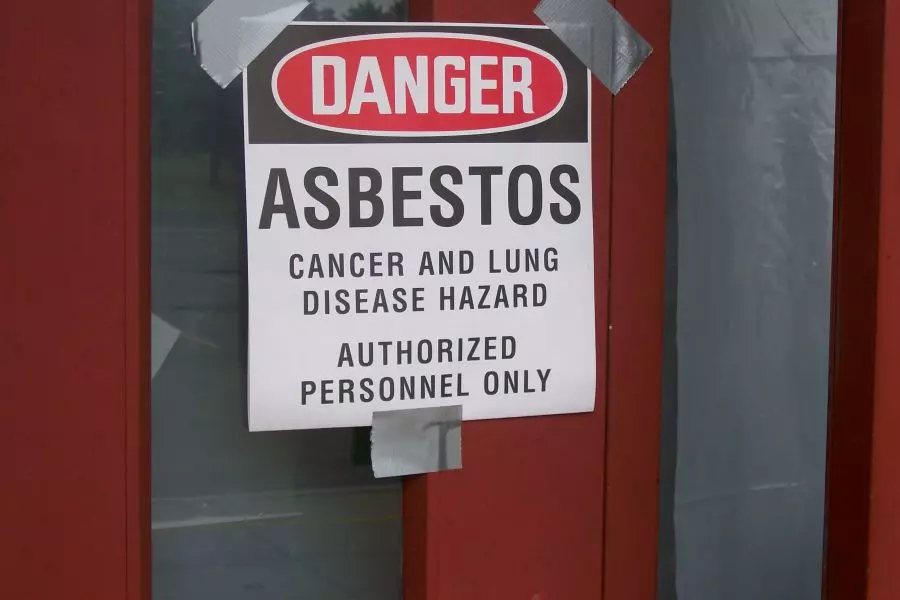
News
Time to tackle asbestos

Friday 20th of April 2018
The Health and Safety at Work (Asbestos) Regulations 2016 mean that property owners with a property which is operating as a workplace must not only identify whether asbestos is present, but have an asbestos management plan in place.
While the new regulations are more applicable to commercial properties, they also apply to residential properties in certain situations, such as if the prop...
Want to read the full article?
Click the button below to subscribe and will have unlimited access to full article and all other articles on the site.
Latest News
Latest Comments





![[The Wrap] Bye Bye Bayly](https://goodreturns.publit.io/file/c_fill,w_900,h_600/39f23ac1-f7c7-4854-b700-a150004ebbac.webp)


